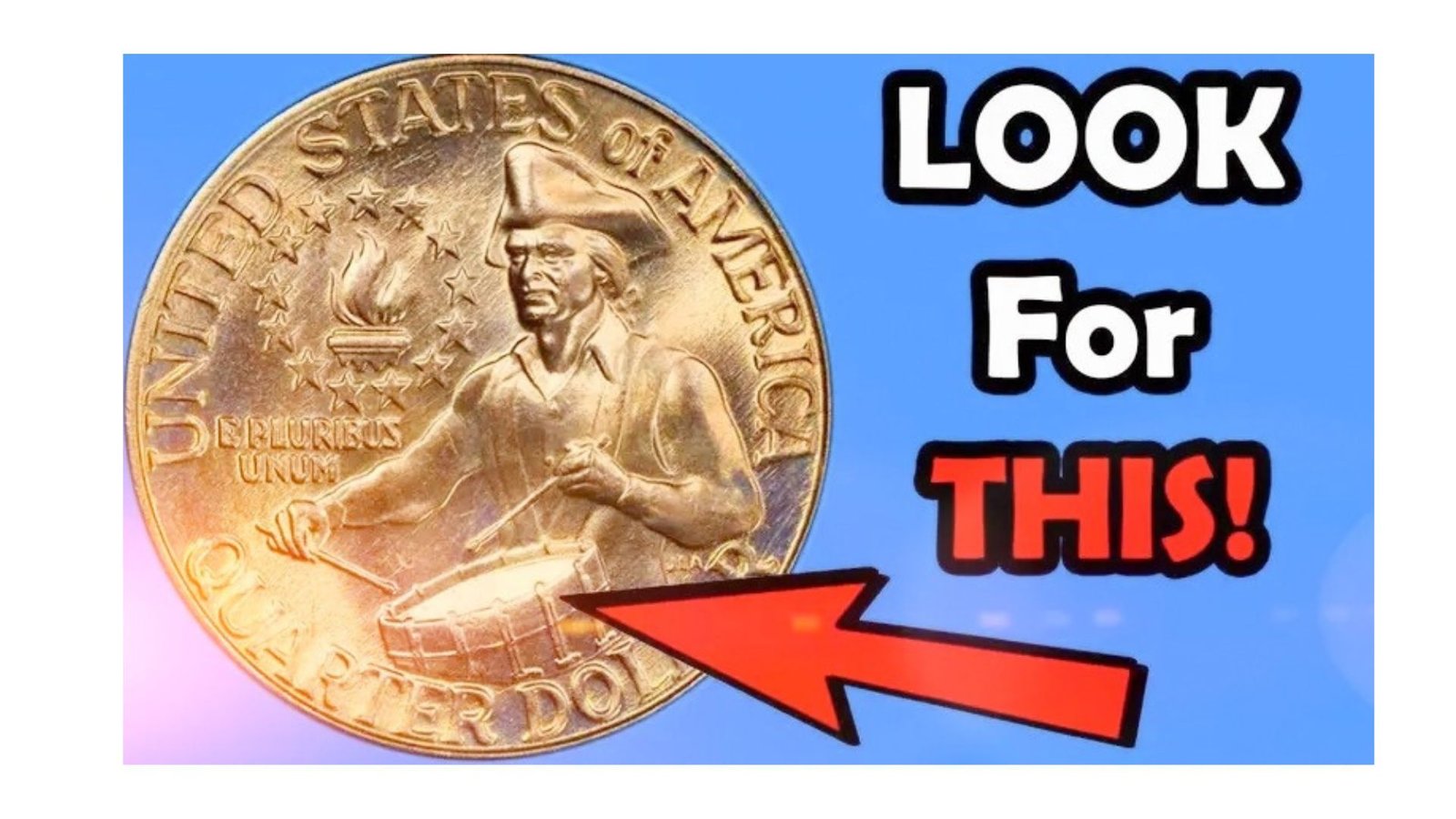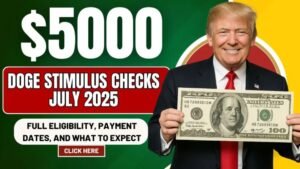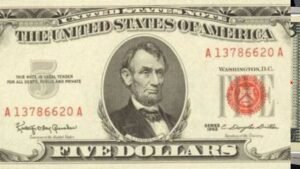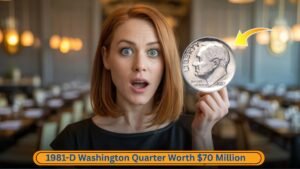Picture finding a quarter in your pocket worth $1 million! The 1976 Bicentennial Quarter, created to celebrate America’s 200th birthday, has sparked excitement among coin collectors. While most of these quarters are worth just 25 cents, rare versions with unique features or errors can fetch massive sums at auctions. Could one of these treasures still be in circulation? Let’s dive into the story of the Bicentennial Quarter, why some are so valuable, and how to spot one.
What Is the Bicentennial Quarter?
The Bicentennial Quarter was minted in 1976 to honor the 200th anniversary of the Declaration of Independence. It features a portrait of George Washington on the front and a colonial drummer boy on the back, with the dual dates “1776-1976.” The U.S. Mint produced billions of these coins, making most of them common. However, certain rare versions, especially those with minting errors or made of special materials, can be worth a fortune.
Why Are Some Bicentennial Quarters So Valuable?
The value of a Bicentennial Quarter depends on a few key factors:
- Minting Errors: Mistakes during production, like doubled-die errors (where text or images appear doubled), make some coins extremely rare.
- Material: Most quarters were made of copper-nickel, but some were struck in 40% silver for collectors, increasing their value.
- Condition: Coins in pristine, uncirculated condition are worth more than worn ones.
- Low Mintage: Special editions, like proof or silver versions, were made in smaller numbers, boosting their value.
Recent reports suggest that rare Bicentennial Quarters have sold for up to $1 million at auctions due to these factors.
The $1 Million Bicentennial Quarter: Myth or Reality?
The claim of a Bicentennial Quarter worth $1 million has created a buzz, especially on platforms like X. While most quarters are worth their face value, rare versions with unique errors or silver content have fetched high prices. For example, a 1976-S silver proof quarter in perfect condition or one with a significant doubled-die error could approach or exceed this value at auction. These coins are rare, but they might still be hiding in old collections, coin jars, or even pocket change.
Valuable Bicentennial Quarters to Watch For
| Year | Mint Mark | Special Feature | Estimated Value |
|---|---|---|---|
| 1976 | None (Philadelphia) | Doubled-die error | $1,000–$100,000+ |
| 1976-D | D (Denver) | Doubled-die error | $500–$50,000+ |
| 1976-S | S (San Francisco) | Silver proof | $10–$1,000+ |
| 1976-S | S (San Francisco) | Silver business strike | $50–$5,000+ |
| 1976 | None (Philadelphia) | High-grade, uncirculated | $100–$10,000+ |
How to Spot a Valuable Bicentennial Quarter
Finding a million-dollar quarter requires careful inspection. Here’s how to check your coins:
1. Check the Date and Mint Mark
- Look for the “1776-1976” date on the front.
- The mint mark (D, S, or none for Philadelphia) is below Washington’s neck. “S” marks often indicate silver coins or proof sets, which are more valuable.
2. Look for Minting Errors
- Check for doubled text or images, especially on “LIBERTY” or the drummer boy design. A magnifying glass can help spot these errors.
- Compare your coin to online images of known error coins.
3. Test the Material
- Silver quarters (1976-S) are heavier and have a shinier, silver-like appearance compared to copper-nickel ones. A coin scale can confirm the weight.
4. Evaluate Condition
- Coins with sharp details, no scratches, and original luster are worth more.
- Never clean a coin, as this can damage it and lower its value.
5. Seek Professional Appraisal
- If you suspect you have a rare quarter, take it to a coin dealer or grading service like PCGS or NGC for authentication and valuation.
Are Bicentennial Quarters Still in Circulation?
Yes, Bicentennial Quarters can still be found in circulation, as the U.S. Mint produced over 1.6 billion of them. While most are common copper-nickel coins worth 25 cents, rare silver versions or those with errors might appear in loose change, flea markets, or family collections. However, finding a $1 million quarter in everyday transactions is extremely unlikely, as most valuable ones are in private collections or have been identified by collectors.
Why the Hype Around Bicentennial Quarters?
The Bicentennial Quarter’s iconic drummer boy design and connection to America’s 200th anniversary make it a beloved piece of history. Recent social media posts on X and articles have fueled excitement, with some claiming values up to $1 million, though these figures are often tied to rare errors or perfect-condition silver coins. The idea that a quarter in your change could make you rich keeps the treasure hunt alive!
Conclusion
The 1976 Bicentennial Quarter is more than just pocket change—it’s a piece of American history with the potential for life-changing value. While most are worth 25 cents, rare errors or silver versions could be worth thousands or even $1 million. By checking dates, mint marks, and conditions, you might uncover a hidden gem. So, next time you get a quarter, take a second look—you could be holding a treasure!
FAQs
Q: Are Bicentennial Quarters Still in Circulation?
Yes, many are still in circulation, but rare versions like silver proofs or error coins are more likely in collections or old coin jars.
Q: What Makes a Bicentennial Quarter Worth $1 Million?
Rare doubled-die errors or high-grade silver proof coins from 1976-S can fetch high prices, with some reportedly selling for up to $1 million.
Q: How Do I Know If My Quarter Is Silver?
Silver quarters (1976-S) are shinier and heavier than copper-nickel ones. Use a coin scale or consult a professional to confirm.
Q: Can Cleaning My Quarter Increase Its Value?
No, cleaning can damage the coin’s surface and lower its value. Always handle coins carefully and avoid cleaning.
Q: Where Can I Sell a Valuable Bicentennial Quarter?
Contact reputable coin dealers or auction houses like Heritage Auctions. Get a professional appraisal from PCGS or NGC first.




